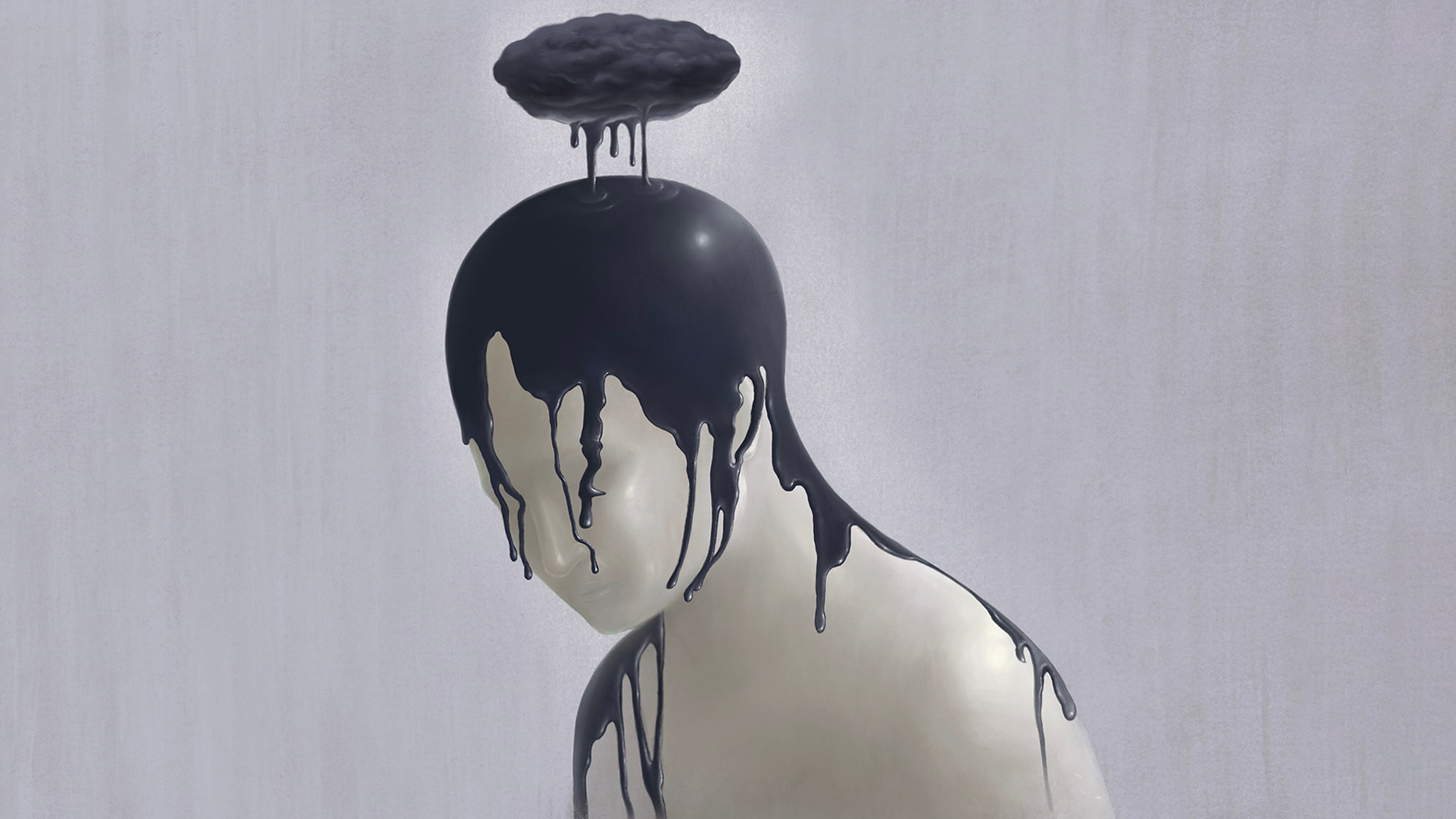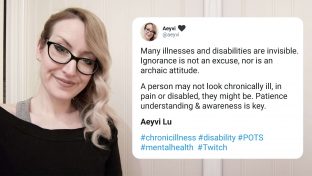What Is Chronic Loneliness And Why Does It Occur?

- Chronic loneliness symptoms are marked by feelings of isolation (even if one is not physically alone), having no close friends or an inability to create or maintain connections with others, self-loathing, and low self-esteem.
- When a person is struggling with chronic loneliness, they feel alone and isolated from others over an interminable length of time, regardless of what may have initially triggered their situation.
Struggling with loneliness or having a mental health crisis?
- Suicide Prevention Lifeline: 1-800-273-TALK (8255); Deaf or hard of hearing dial 711 before the number or connect via online chat
While transient loneliness dissipates after a person adapts to these changes, chronic loneliness persists for a much longer period of time, often accompanied by a self-fulfilling spiral that further deepens feelings of loneliness.
Chronic loneliness is often marked by a long-term inability to make connections with other people.
When one is unable to receive their desired amount of social connection with others over an extended period of time, this type of prolonged loneliness can eventually affect many aspects of a chronically-lonely person’s health.
Typically associated with depression, stress, sleep problems, unhappiness, and mental health problems, chronic loneliness can be as damaging to a person’s physical health as smoking 15 cigarettes per day.
Loneliness doesn’t discriminate based on gender or socioeconomic status and everyone can experience loneliness at some point in their lifetime.
Chronic loneliness is also known as “trait loneliness” because a person’s inherent traits may make them more susceptible to long-term feelings of loneliness.
In essence, their personality can actually increase their risk of becoming lonely in general, with their personality becoming further shaped by their loneliness in a cycle that just keeps repeating.
Tied to pathological loneliness, a pattern emerges where a person can’t pull themselves out of their loneliness; instead of overcoming it, they are overwhelmed by it.
Those who struggle with chronic loneliness may have an increased sensitivity to perceived hostility and rejection from others, meaning that they may read more into social situations than is actually present.
In this way, those who struggle with chronic loneliness may inadvertently perpetuate their loneliness because of the way they perceive social interactions on an emotional level.
Over time, chronic loneliness can lead to a variety of health problems due to the increase in the stress hormone, cortisol, among other factors.
This increase in cortisol can negatively impact a person’s immune system, increase their risk for heart disease, vascular problems, and inflammation, and can even impair their cognitive ability.
Chronic loneliness can also lead to depression loneliness, anxiety, and other mental health problems, and if not addressed, can even change the physical structure of the brain and its processes.
Editor’s Note: This article is part of The Roots Of Loneliness Project, the first-of-its-kind resource that comprehensively explores the phenomenon of loneliness and over 100 types we might experience during our lives.
Find Help Now
If you’re struggling with X loneliness, we’ve put together resources to meet you wherever you are — whether you want someone to talk to right now, or are looking for longer-term ways to help ease your loneliness.
- Suicide Prevention Lifeline: 1-800-273-TALK (8255); Deaf or hard of hearing dial 711 before the number or connect via online chat
- Resources & Emotional Support For Loneliness
- Volunteer & Pet Adoption Opportunities






